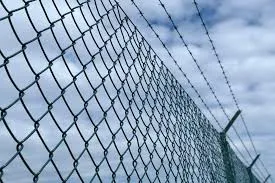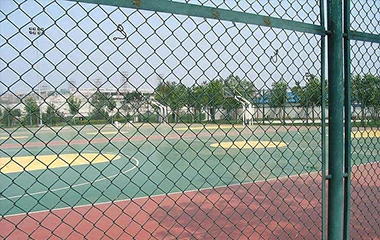Transforming outdoor spaces with innovative solutions has become a trend that seamlessly merges functionality with aesthetics. One such remarkable innovation is the gabion decorative wall. These structures not only offer durability and strength but also add a bespoke element to any landscape design. Through years of practical application and refined expertise, the use of gabion walls has transitioned from being a mere engineering solution to a highly decorative element in modern architecture.

Having worked extensively with gabions, the shift in their application is nothing short of revolutionary. Initially designed for soil erosion control due to their strength and permeability, gabion walls have now found a prominent place in home and garden design. The versatility in their construction allows for a multitude of designs, accommodating varying aesthetic preferences while maintaining structural integrity.
The expertise involved in crafting a gabion decorative wall lies in understanding its dual function as both a support and a design feature. Gabions are typically constructed from galvanized steel cages filled with stones, rocks, or other materials. Their robust construction supports diverse applications ranging from retaining walls to stylish garden dividers. For an enhanced aesthetic appeal, consider using river rocks or colored glass within the wireframes to add vibrancy and sophistication.
Such creative variations elevate their decorative potential and make them eye-catching features in any environment.

Through authoritative design practices, constructing gabion decorative walls can enhance a property’s value. Their eco-friendly and sustainable nature leverages local materials, reducing the carbon footprint significantly. The porous nature of these walls also offers environmental benefits by enhancing drainage and preventing water logging in gardens or commercial landscapes. This green appeal is particularly valued in contemporary architecture focused on sustainability and minimal environmental impact.
Furthermore, the installation of gabion walls is relatively straightforward compared to traditional construction methods. This simplicity does not compromise their trustworthiness; instead, it highlights their adaptability to different terrains and climatic conditions. Professionals working with gabions appreciate their modular design, which allows for easy customization and rapid assembly, providing cost-effective solutions without sacrificing quality or aesthetics.
gabion decorative wall
For homeowners and designers, trust in the longevity and resilience of gabion walls is reinforced by their historical use in some of the world's toughest environments. Their weather resistance is especially noteworthy, which ensures that these structures maintain their form and function over time, even in adverse weather conditions. This reliability builds consumer confidence and makes gabion decorative walls a sensible investment.
Delving into practical experiences, homeowners who have integrated gabion walls into their landscapes often express satisfaction with both the aesthetic results and the functional benefits. From creating artistic focal points to providing essential retaining functions on sloped terrains, gabion walls deliver a unique blend of art and science in landscaping. Repeated feedback emphasizes their low maintenance nature, where the initial investment and installation are justified by minimal upkeep requirements.
Among the design community and construction experts, gabion decorative walls embody a fusion of tradition and modernity. As more designers explore innovative ways to incorporate these structures, their role as a transformative element in architecture continues to evolve. The best practices observed highlight the importance of precise installation and strategic planning in ensuring that these walls fulfill both artistic and structural objectives.
In conclusion, the gabion decorative wall stands out as a symbol of experience, expertise, authority, and trustworthiness in modern-day design and construction. As this trend continues to gain traction, its application will undoubtedly become more widespread and varied, reinforcing its status as a cornerstone of contemporary and sustainable architecture.
 TEL:
+86-13102802206
TEL:
+86-13102802206
 Email:
fencenetting@china.com
Email:
fencenetting@china.com
 Language
Language
 TEL:
+86-13102802206
TEL:
+86-13102802206
 Email:
fencenetting@china.com
Email:
fencenetting@china.com
 Language
Language



